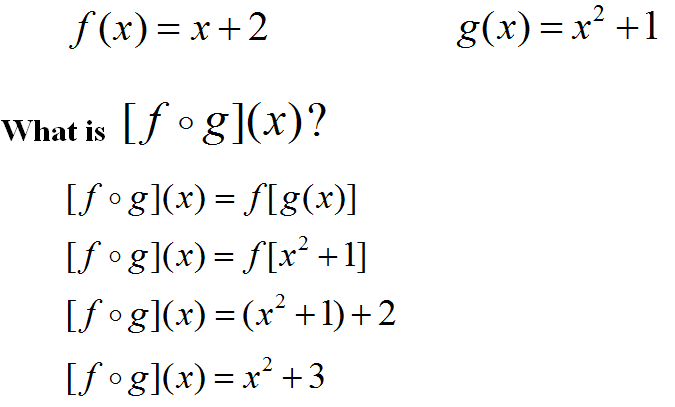

But, the user takes full responsiblity for the information contained above. Follow the water to learn how the pump, valves and plumbig work together to deliver water to the fire.į strives to provide fire departments & firefighters with quality tools. Visual tool to map a fire engine's pump and plumbing. freq represents the signal carrier frequency, T is the ambient temperature, and den specifies the liquid water density in the fog or cloud. Learn pump pressure management combining elevation change, hose friction loss & appliance friction loss. Instructions on calculating pump discharge pressure.Effective, but more time consuming & error prone. Friction loss formula Math formula to solve friction loss.Limited to 100' increments & larger jumps between gpm. They are equivalent, you will get the same answer. List of printable friction loss tables for all common hose sizesĬompact friction loss table for hose sizes & gpm combo. actually you have two equivalent ways to answer this problem, The first one is to find g (1) then substitute the value pf g (1) in any x in the f (x) The other way, as you and Panphobia said, is to do it like : f (x o g) (1) 2g (1)+3. The higher the gpm passing through a hose, the more turbulance and friction loss will result.įriction loss examples: 100 ft 1" 100 gpm = 150 PSI The results in a PSI drop (pressure loss) at the other end of the hose.

As water passes through a hose, friction between the water and the inside surface of the hose causes turbulence, which slows the water.

Hose length, diameter, and GPM (volume) all affect friction loss. When using our logarithm calculator you need to enter a 'Base' of 10 for the common logarithm, 2 for the binary logarithm, and leave the 'Base' field empty to get the natural logarithm calculated. The binary logarithm is, of course, mostly used in computer science, e.g. Friction Loss Explainedįriction loss occurs when water passes through a hose. The natural logarithm is widely used in math and physics due to its simpler derivative.


 0 kommentar(er)
0 kommentar(er)
